Pacing may be the single greatest road trip challenge. With so many places to go and things to do, how do you set that steady balance between boredom and breakneck speed? Jennifer and I determined that we had already spent too many road trips pushing our family to the limit. Therefore, we planned this road trip according to two guidelines:
- Break up long stretches with interesting stops.
- Limit our actual driving time to seven hours max.
This post contains affiliate links. As an Amazon Associate I earn from qualifying purchases made from the links on this site, at no extra cost to you. Thanks for supporting our family business!
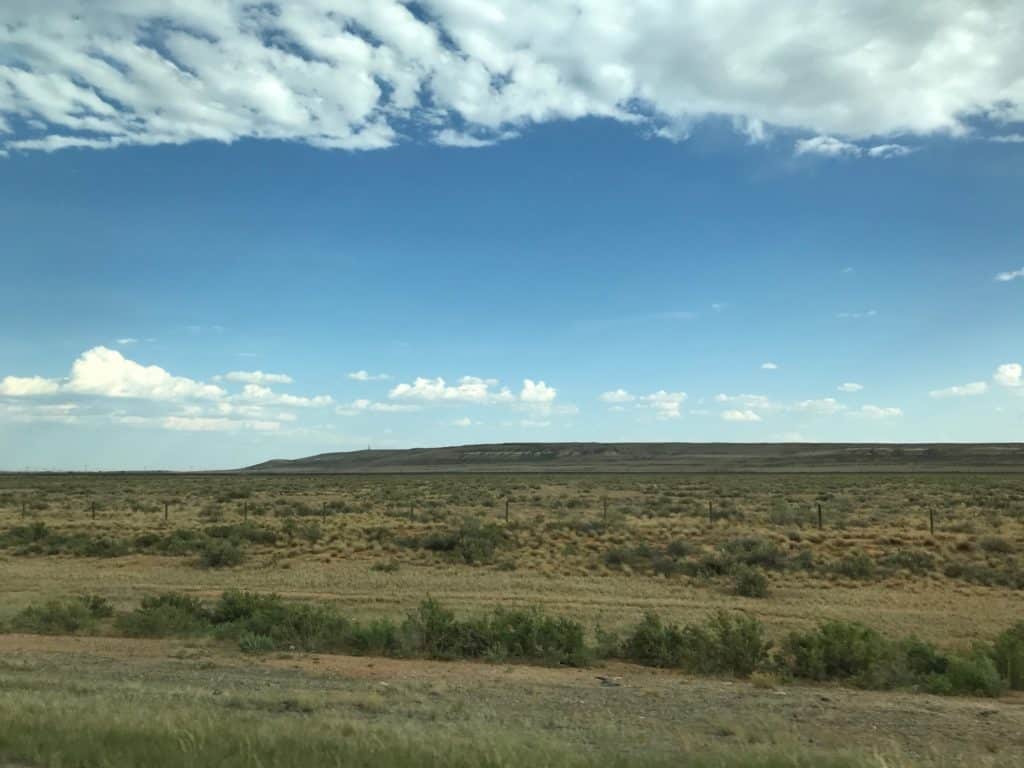
Table of Contents
This is part of an ongoing series about our family road trip from Oregon to Georgia and back. To start at the beginning, click here.
As with anything, we quickly found that it was difficult to translate principle into practice. Nevertheless, our boundaries did protect us from overdoing things, and made the way for several memorable moments. In fact, the first of such moments arrived even before we’d finished our first day of travel.
Blazing a Trial
After lunching at the SAGE center we resumed our journey eastward, crossing the Blue Mountains into the far eastern counties of Oregon. Two hours later we pulled off the freeway to venture to our next stop: The National Historic Oregon Trail Interpretive Center, not far from Baker City, Oregon.
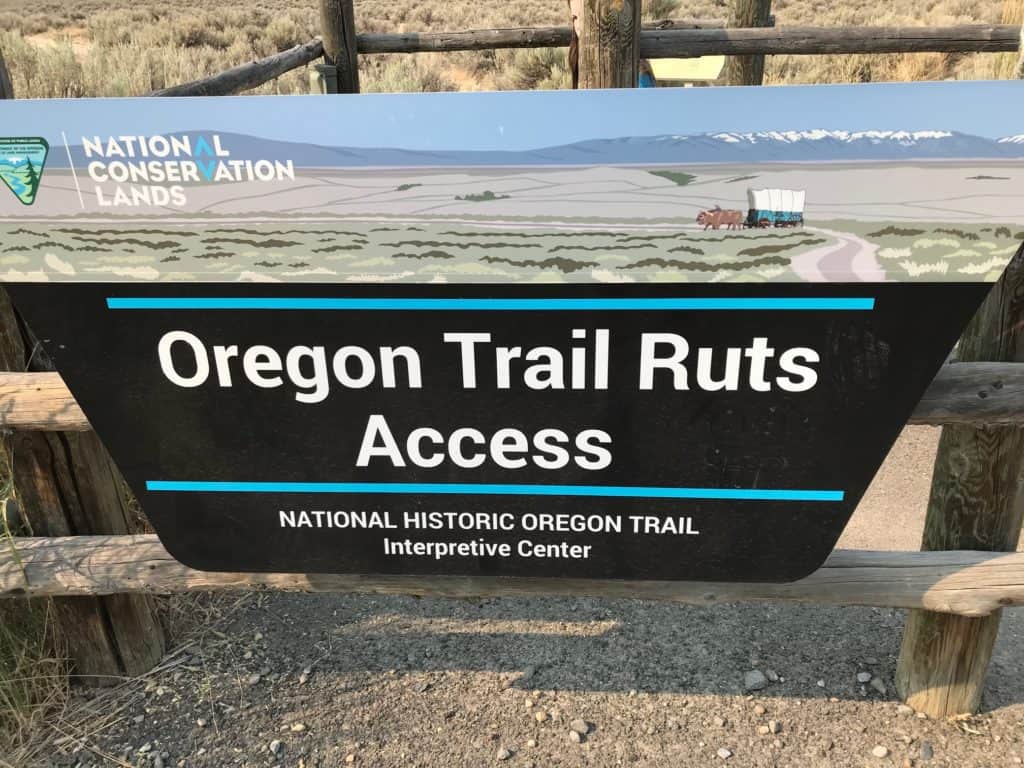
Our Roadtrippers app had identified the Center as being one of the few well-rated stops within half an hour of the freeway. We decided to take the sixteen minute drive up into the nearby foothills to check it out.
The Center was closed! We’d arrived within an hour of park closure and the gates had been shut to additional visitors, leaving us wondering about plan B. Thankfully, plan B was only a half a mile away—an interpretive trail.
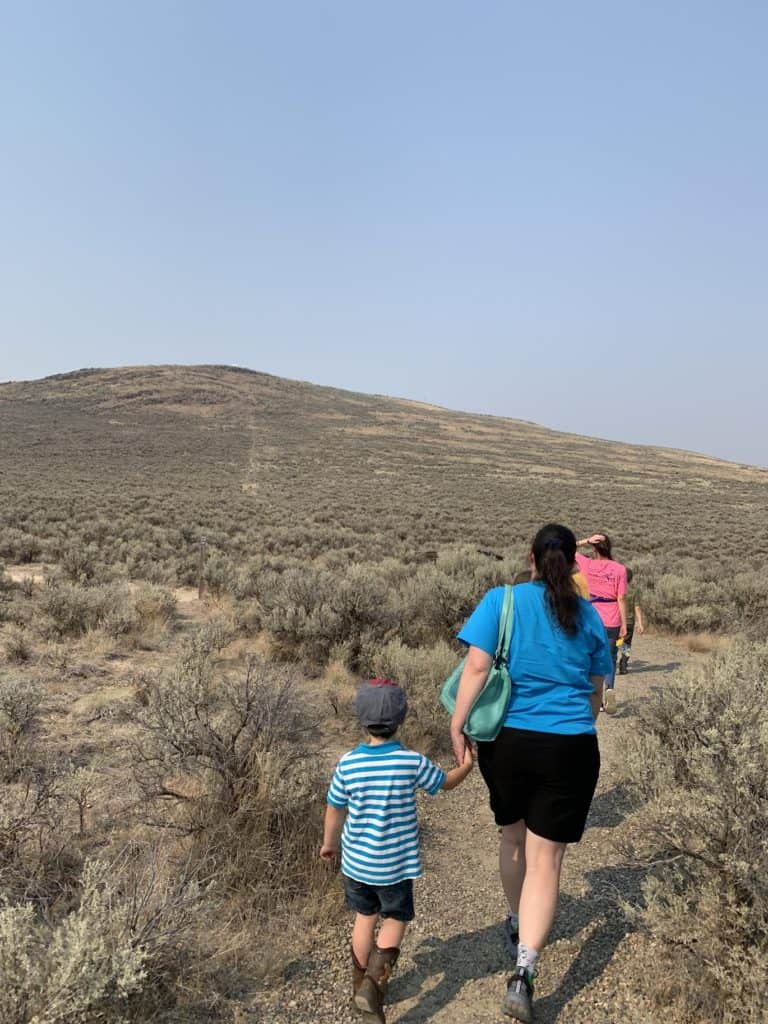
Surprising Study
The short trail provides access to the Oregon Trail wheel ruts, tracks cut deep into the ground by countless emigrant wagons making their way west over the open terrain. But before you yawn let me tell you that my wife and children were surprised at how worthwhile it was to actually stop and walk the tracks. In fact, I was surprised at how valuable it was, and I’m the history junkie!

We stood in the tracks and looked around at an empty, quiet scene. At almost nine miles away from the interstate, the most striking feature of the area was its silence. Walking there among sage brush, wiping our brow, and watching for rattlesnakes, we came to a deeper recognition of what it must have been like to traverse the Oregon Trail.
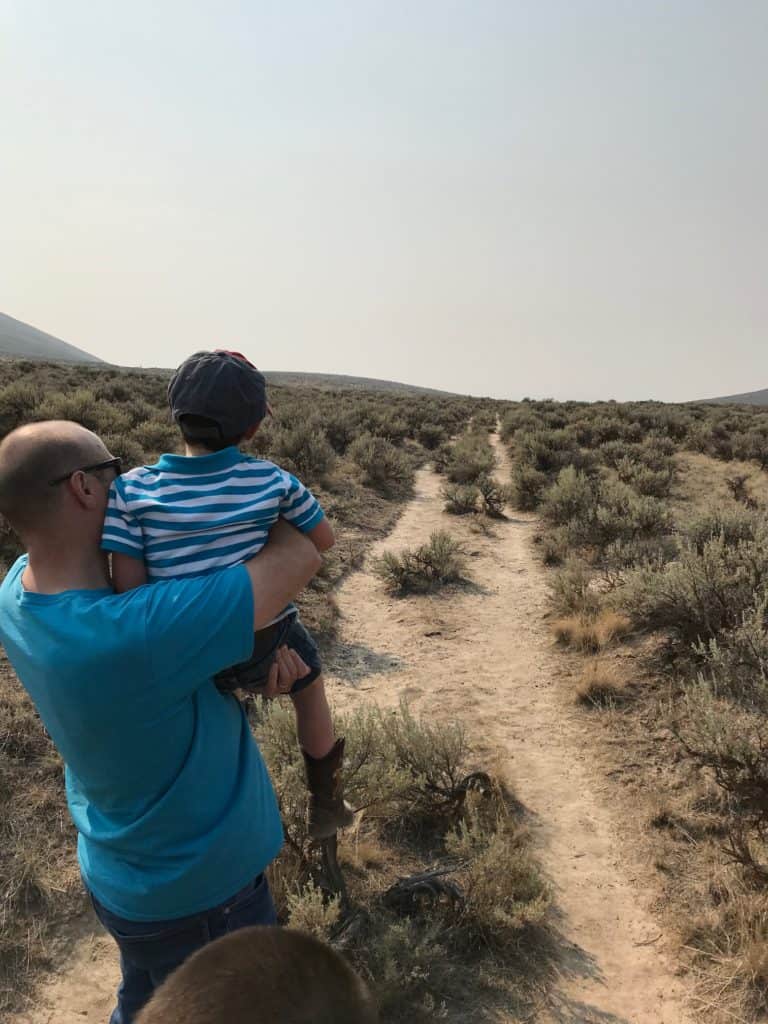
I’m not sure I can comprehend what it would be to wake up every day and lead my family through 2000 miles of wild, rugged country with not much more than hope and prayer. Though we didn’t know it at the time, we were walking the ruts of Flagstaff Hill, the place where emigrant families got their first view of the Blue Mountains—a sure sign that they were nearing the end of the trail.

One Stop Among Many on the Oregon Trail
Our stop at Flagstaff Hill would be only the first of several encounters with the Oregon Trail. Interstate 84 and 80 follow and intersect the trail at various points in the Rockies and the Great Plains, affording drivers an abundance of opportunities to catch a glimpse of history, laying silently among the sagebrush right outside their passenger window.
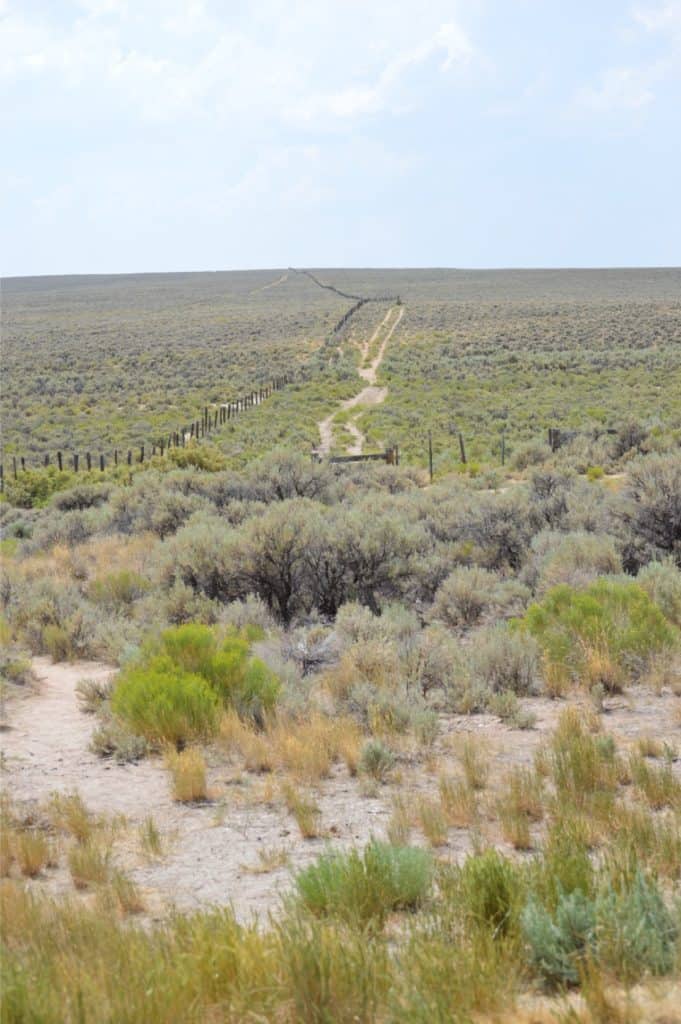
The next stop on our summer 2021 road trip was Craters of the Moon National Monument in Idaho.
Have you walked the Oregon Trail Ruts? Tell us about it in the comments!
© Copyright 2021 Brian A. Warren

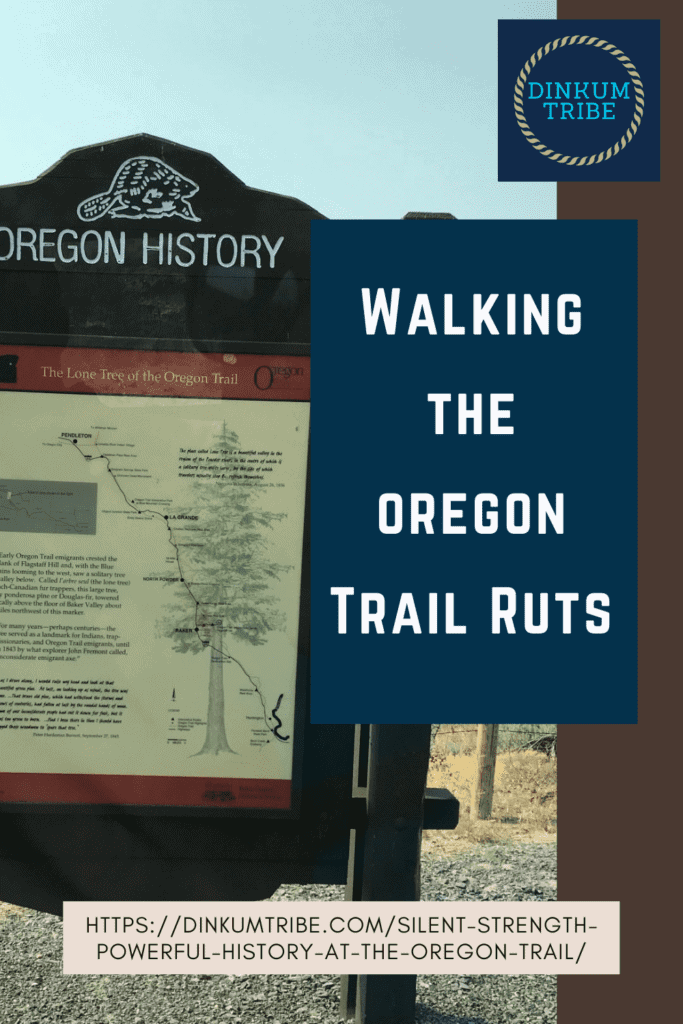

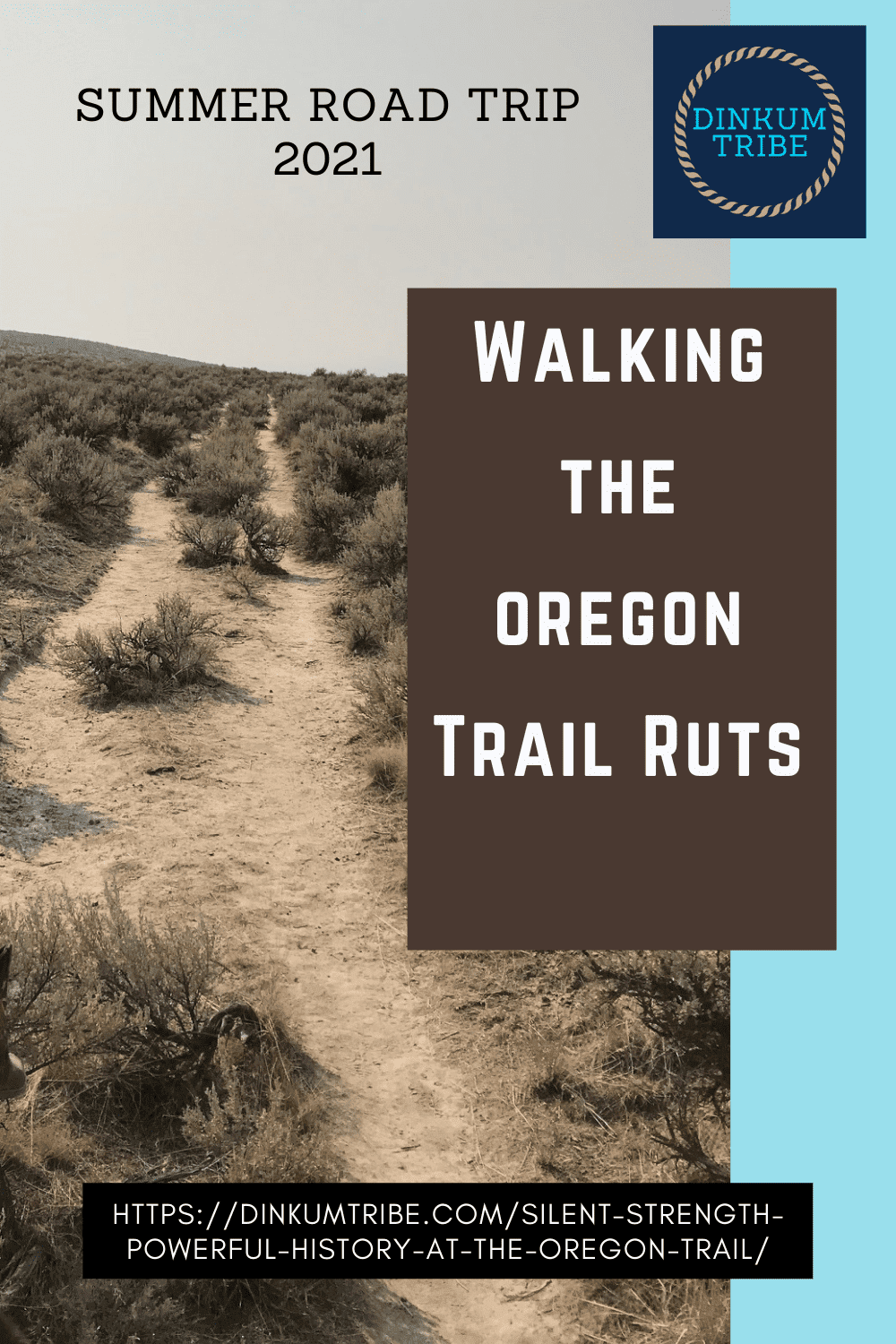
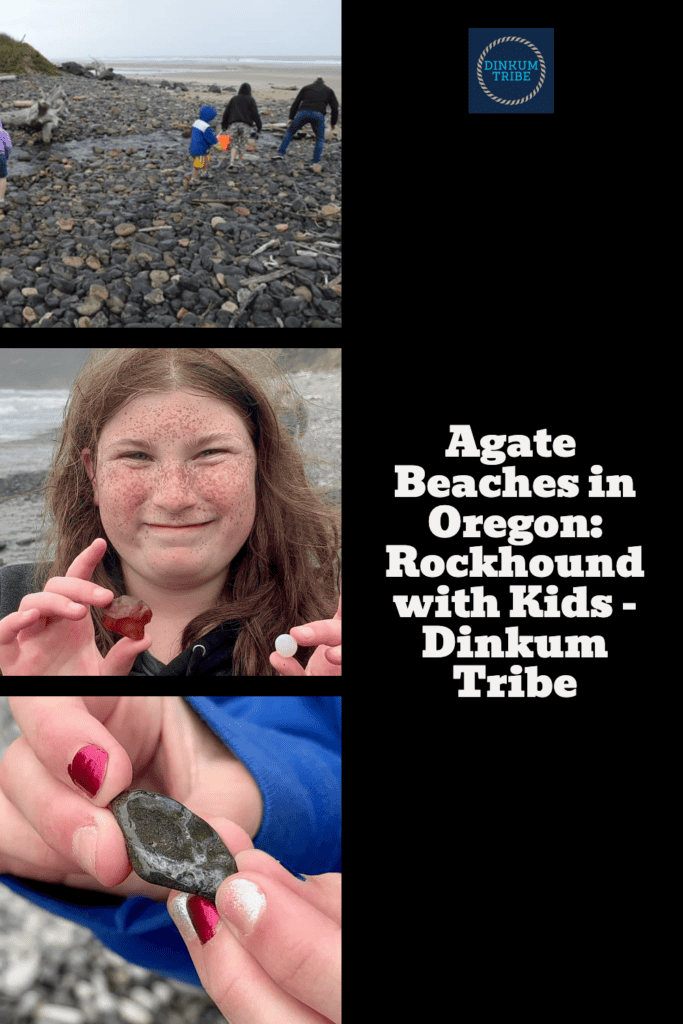
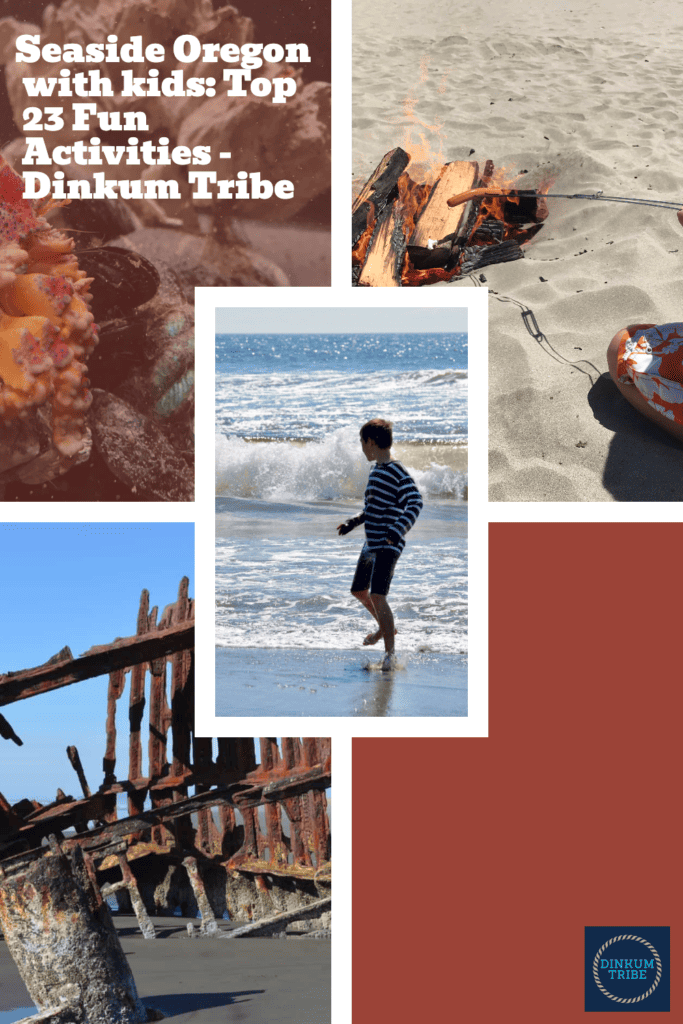
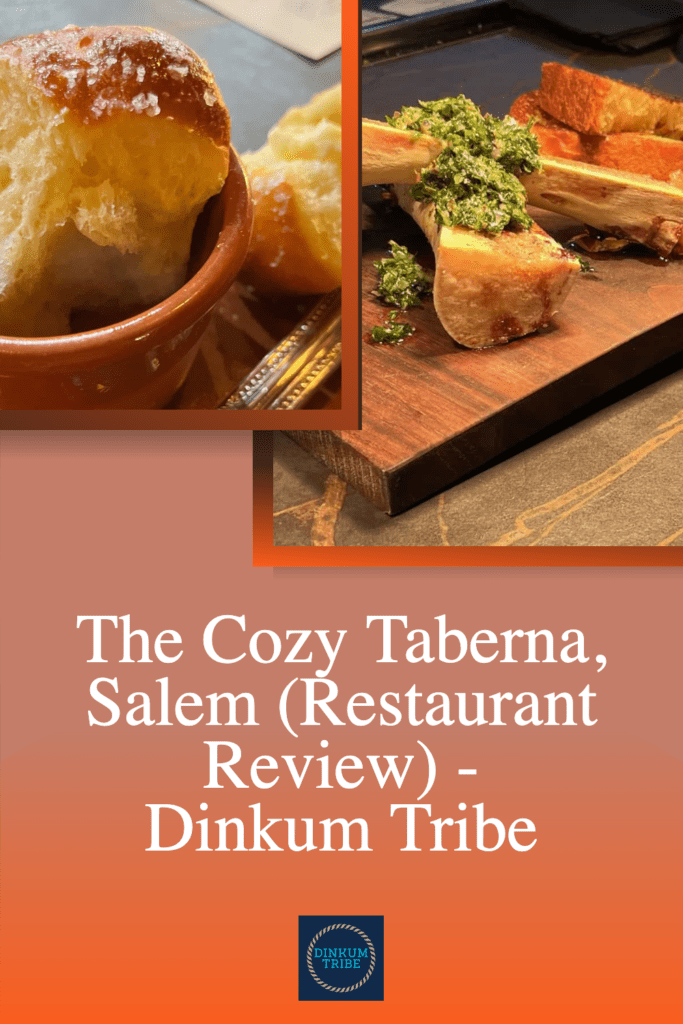
Comments